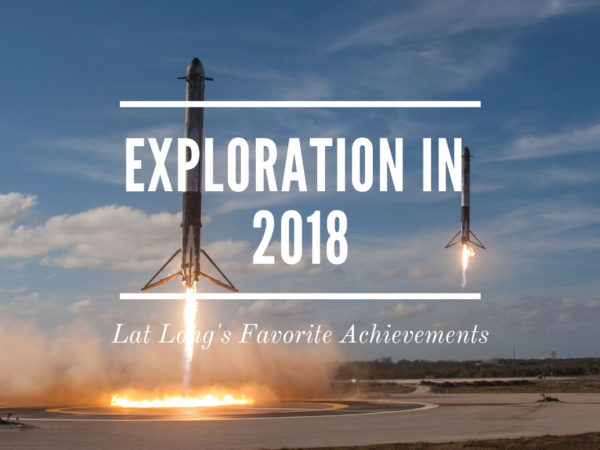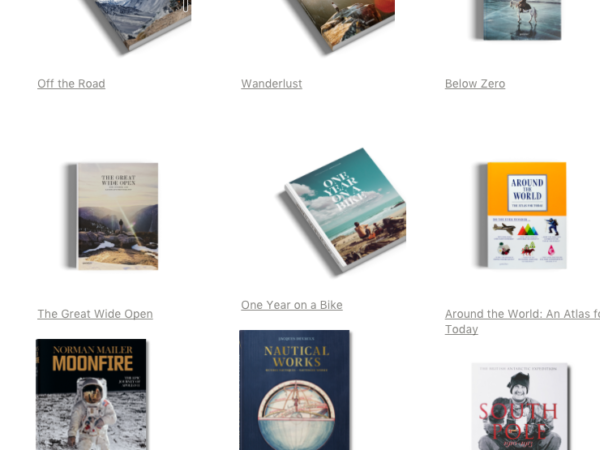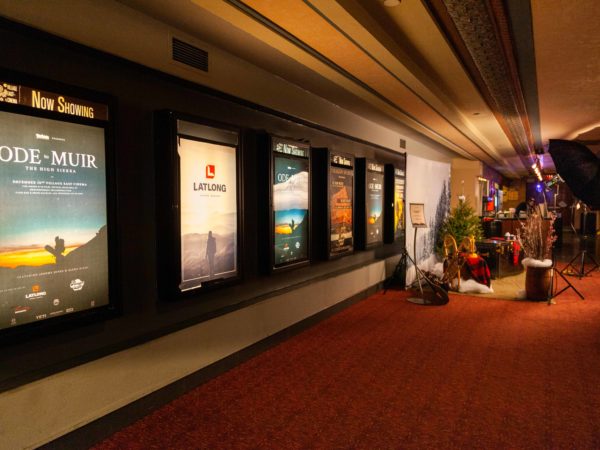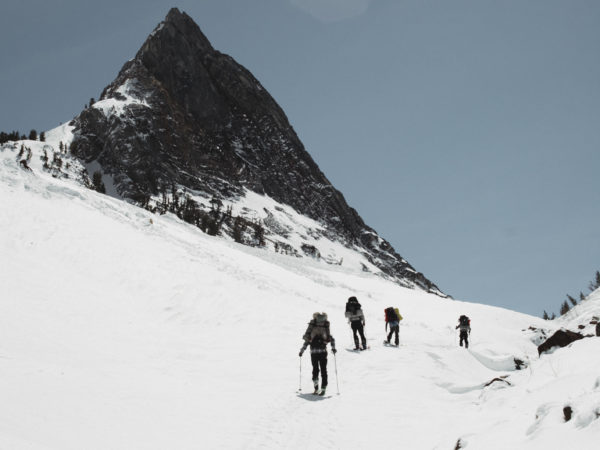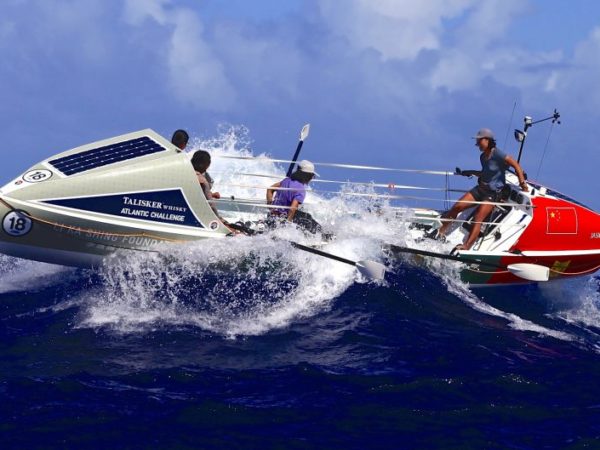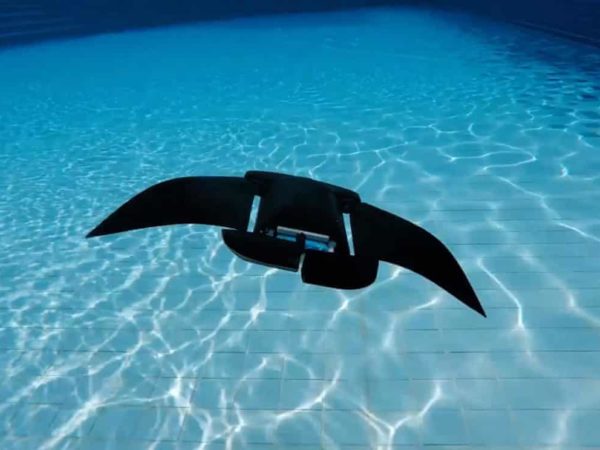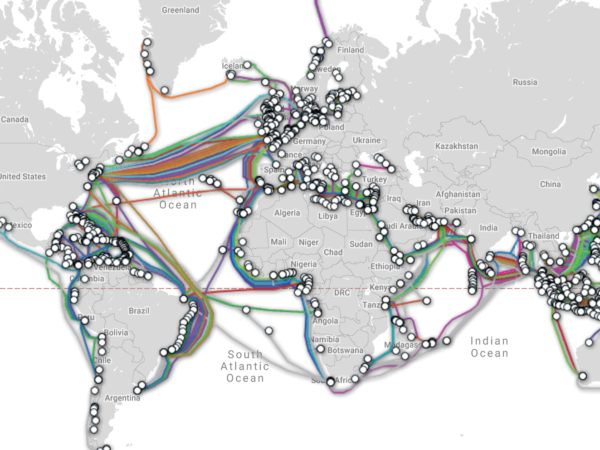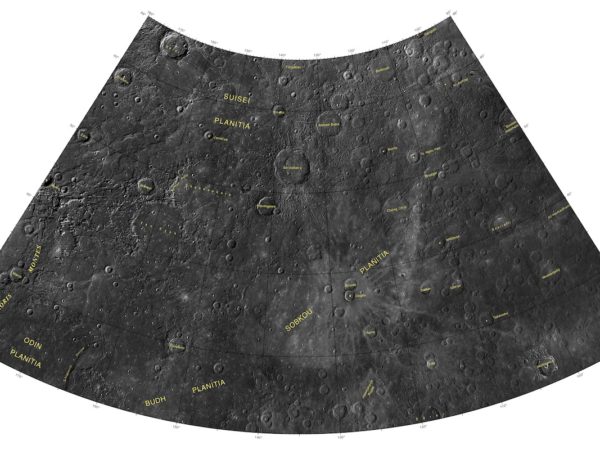Our Favorite 2018 Achievements In Exploration
When we speak of exploration in the modern era, many people are surprised to learn how much is left unknown on our own planet, much less in the cosmos beyond. While we see hyper-realistic renderings of deep space entities and 3D maps of the ocean floor with some regularity, our sense of omniscience is a tenuous one. The reality is that we’re constantly discovering new things, both near and far away. In 2018, scientists and explorers made huge strides to expand our understanding of the world and create the technology and science that will drive discoveries for years to come. As we hurdle into the new year, we’ve assembled our favorite exploration milestones from 2018, from light years away to the deepest parts of the sea. SpaceX Double Booster Landing The last time so many people watched an aerospace event together was the Felix Baumgartner jump in 2012. Then, in February 2018, we all collectively held our breath and were treated to one of the most unexpectedly beautiful sights of the year as twin boosters from the SpaceX Falcon Heavy touched down simultaneously. With 21 launches (18 of them commercial) last year, SpaceX confirmed its position as the leader in...Read...
